Samsung Electronics Co said yesterday it expected fourth-quarter profits to fall sharply from the previous quarter and miss forecasts as it struggled to meet robust demand for chips used in artificial intelligence (AI) servers.
The company said in a regulatory filing that October-to-December operating profits were expected to come in at 6.5 trillion won (US$4.5 billion), up 130.5 percent from a year earlier. However, that is down nearly 30 percent from 9.18 trillion won in the previous three months and 16 percent below the average estimate, according to the Yonhap news agency, which cited its own financial data firm.
Sales were seen increasing 10.7 percent year-on-year to approximately 75 trillion won, which was also lower than the previous quarter.
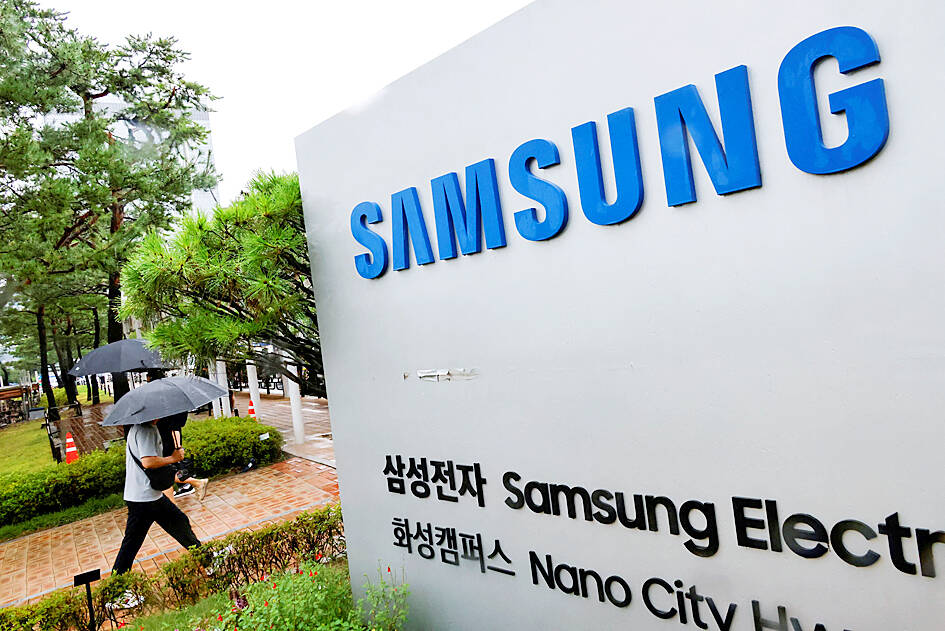
Photo: Reuters
“In light of the preliminary fourth-quarter 2024 results significantly falling short of market expectations, we aim to mitigate confusion among the market and investors until the final results are announced,” Samsung said.
The company’s device solutions division, which is in charge of memory and foundry business units, among others, “reported declines in sales and profits due to worsening market conditions, particularly for IT-related products,” it said.
“Despite achieving record-high quarterly revenue in the fourth quarter, driven by strong sales of high-capacity products, weak demand for conventional PC and mobile products weighed on overall performance,” the company said.
Non-memory business performance also declined because of “weak demand from key applications” and “increased R&D spending,” it said.
Samsung’s consumer electronics division, which includes mobile phones, also experienced a decline owing to “reduced impact from new mobile product launches and intensified competition,” it added.
Samsung is expected to release its final earnings report at the end of this month.
Last year, Samsung’s foundry business faced multiple challenges, including “order losses from key customers in advanced processes, the gradual end-of-life of certain products and a slow recovery in mature process segments”, TrendForce Corp (集邦科技) analyst Eden Chung (鐘映庭) said. “Consequently, the company’s annual revenue is expected to remain largely flat compared with 2023.”
Observers predict the electronics industry would typically face seasonal production slowdowns in the current quarter.
“We expect further declines in contract prices for both conventional DRAM and NAND flash,” TrendForce analyst Tom Hsu (許家源) said.
Those would “continue to exert downward pressure on Samsung’s consolidated revenue and operating profit on a quarterly basis,” he said.
For Nvidia Corp cofounder and CEO Jensen Huang (黃仁勳), Samsung has faced difficulties producing a new type of memory chip for AI systems, although he is still confident that the partner company would overcome the challenges.
The chip in question — the latest type of high-bandwidth memory (HBM) — is a vital part of new AI systems that feature Nvidia chips.
Samsung has been slower than rivals such as SK Hynix Inc in producing HBM that meets Nvidia’s standards, and Huang acknowledged those challenges during a news briefing at CES in Las Vegas on Tuesday.
“They have to engineer a new design,” Huang said at the event. “But they can do it. They are working very fast. They’re very committed to do it.”
Trying to increase the speed and capacity of memory — and tightly integrate the components with processors — has added new levels of complexity to production of the chips. Samsung has been working through those obstacles.
“They’re going to succeed — no question,” Huang said. “I have confidence that Samsung will succeed with HBM.”
Additional reporting by Bloomberg
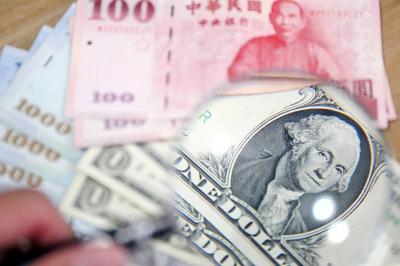
The US dollar was trading at NT$29.7 at 10am today on the Taipei Foreign Exchange, as the New Taiwan dollar gained NT$1.364 from the previous close last week. The NT dollar continued to rise today, after surging 3.07 percent on Friday. After opening at NT$30.91, the NT dollar gained more than NT$1 in just 15 minutes, briefly passing the NT$30 mark. Before the US Department of the Treasury's semi-annual currency report came out, expectations that the NT dollar would keep rising were already building. The NT dollar on Friday closed at NT$31.064, up by NT$0.953 — a 3.07 percent single-day gain. Today,
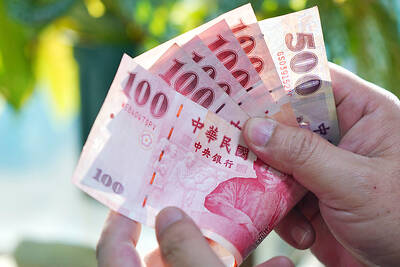
‘SHORT TERM’: The local currency would likely remain strong in the near term, driven by anticipated US trade pressure, capital inflows and expectations of a US Fed rate cut The US dollar is expected to fall below NT$30 in the near term, as traders anticipate increased pressure from Washington for Taiwan to allow the New Taiwan dollar to appreciate, Cathay United Bank (國泰世華銀行) chief economist Lin Chi-chao (林啟超) said. Following a sharp drop in the greenback against the NT dollar on Friday, Lin told the Central News Agency that the local currency is likely to remain strong in the short term, driven in part by market psychology surrounding anticipated US policy pressure. On Friday, the US dollar fell NT$0.953, or 3.07 percent, closing at NT$31.064 — its lowest level since Jan.
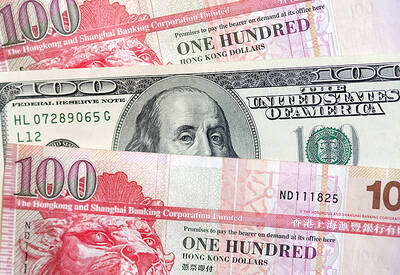
Hong Kong authorities ramped up sales of the local dollar as the greenback’s slide threatened the foreign-exchange peg. The Hong Kong Monetary Authority (HKMA) sold a record HK$60.5 billion (US$7.8 billion) of the city’s currency, according to an alert sent on its Bloomberg page yesterday in Asia, after it tested the upper end of its trading band. That added to the HK$56.1 billion of sales versus the greenback since Friday. The rapid intervention signals efforts from the city’s authorities to limit the local currency’s moves within its HK$7.75 to HK$7.85 per US dollar trading band. Heavy sales of the local dollar by
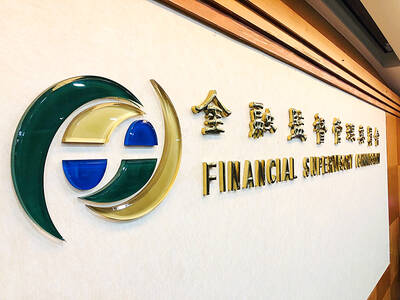
The Financial Supervisory Commission (FSC) yesterday met with some of the nation’s largest insurance companies as a skyrocketing New Taiwan dollar piles pressure on their hundreds of billions of dollars in US bond investments. The commission has asked some life insurance firms, among the biggest Asian holders of US debt, to discuss how the rapidly strengthening NT dollar has impacted their operations, people familiar with the matter said. The meeting took place as the NT dollar jumped as much as 5 percent yesterday, its biggest intraday gain in more than three decades. The local currency surged as exporters rushed to